Six easy steps to answer uncertainties about
how increasing CO2 and other trace
greenhouse gases is a significant problem,
without relying on climate models.
1. There is a natural greenhouse effect
Without the Earth's atmosphere, its radiative heat transfer with space would be similar to the Moon's radiative heat transfer with space.
If Earth was heated only by absorbed Solar = 240 W/m2,
then Earth's surface temperture = 255ºK = -18ºC = 0ºF.
Earth's measured temperature is 61ºF = 16ºC = 289ºK,
so Earth's emitted infrared radiation is 398 W/m2.
1824-https://history.aip.org/climate/xFourier.htm
https://history.aip.org/climate/index.htm
https://mynasadata.larc.nasa.gov/radiation-energy-transfer/
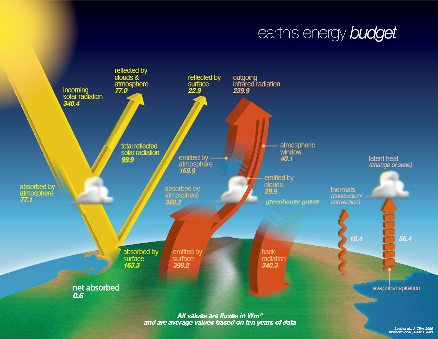
https://skepticalscience.com/history-climate-science.html
Intergovernmental Panel on Climate Change reports
https://mynasadata.larc.nasa.gov/rb/erb_interactive.html
2. Trace gases contribute to
the natural greenhouse effect
Water vapor is about 70% of the Earth's greenhouse energy budget. CO2 and other trace gases provide the other 30%.
Stefan’s Law: Irradiance = εσT4
where ε is emissivity and σ = 5.67x10-8 W/(m2ºK4)
1861-https://history.aip.org/climate/xTyndall.htm
http://rstl.royalsocietypublishing.org/content/151/1.full.pdf+html (5.7 MB)
1892-https://www.nps.gov/romo/tyndall_glacier_1892.htm
The Carbon Dioxide Greenhouse Effect: American Institute of Physics The Discovery of Global Warming
Application to Earth’s Atmosphere: American Chemical Society Climate Science Toolkit

Credit: Data from R. A. Hanel, et al., J. Geophys. Res., 1972, 77, 2629-2641
Image from American Chemical Society "How Atmospheric Warming Works, ACS Climate Science Toolkit"
1896-https://history.aip.org/climate/xArrhenius.htm
http://www.rsc.org/images/Arrhenius1896_tcm18-173546.pdf (4.3 MB)
3. The trace greenhouse gases have increased
markedly due to human emissions
The Keeling data was the first to reveal the annual global capture and release of carbon by the seasonal growth patterns of plants, mostly in the Northern hemisphere. It is the background oscillation of the long-term increase of carbon dioxide concentation in the atmosphere.
Presently, Earth's surface temperture = 289ºK = 16ºC = 61ºF
Before 1900, surface temperture = 288ºK = 15ºC = 59ºF
At glacial maxima, surface temperture = 283ºK = 10ºC = 50ºF
1958-https://history.aip.org/climate/xDKeeling.htm
https://history.aip.org/climate/Revelle.htm
https://www.esrl.noaa.gov/gmd/ccgg/trends/
https://www.esrl.noaa.gov/gmd/ccgg/trends/history.html
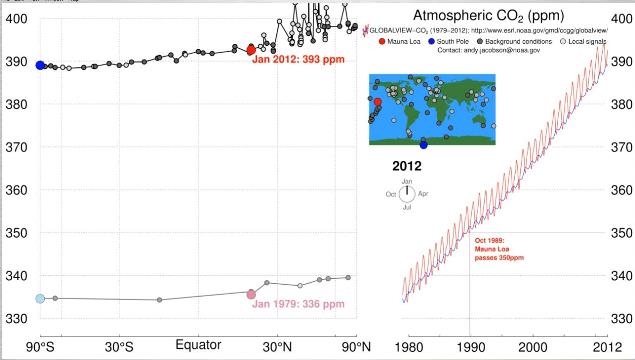
What is causing the increase in atmospheric CO2? (SkepticalScience)
How much of the recent CO2 increase is due to human activities? (Corinne Le Quéré, RealClimate)
4. Radiative forcing is the change in radiative
transfer when something changes (W/m2)
Climate science can predict the effect of forcing similar to the way heat capacity predicts the effect of heat tranfer on the temperature of a block of copper.
CO2 radiative forcing = 5.35 * ln(C/C0) W/m2
Net human and radiative forcing = 1.6 ± 1.0 W/m2
https://www.ipcc.ch/ipccreports/tar/wg1/222.htm
IPCC Third Assessment Report (2001) Working Group 1 Chapter 6 (1.4 MB)
Radiative Forcing: American Chemical Society
Application to Earth’s Atmosphere: American Chemical Society
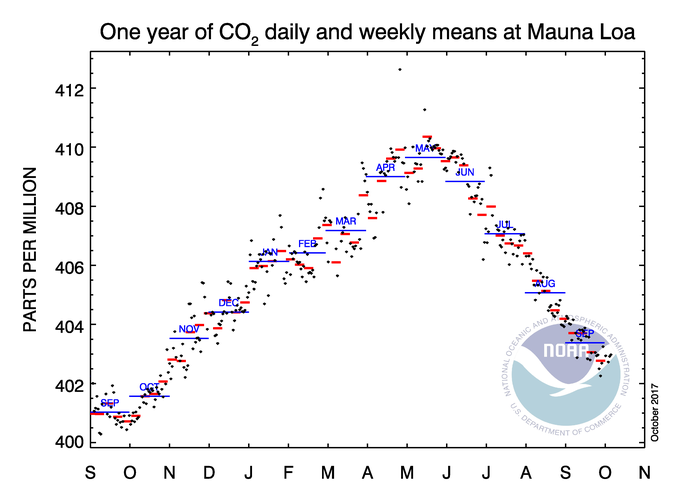
5. Climate sensitivity is around
3ºC for a doubling of CO2
The lower carbon dioxide concentrations and lower temperatures during glacial maxima provide one estimate for climate sensitivity.
Climate sensitivity = 0.75 Cº/(W/m2)
https://earthobservatory.nasa.gov/Features/Milankovitch/milankovitch.php
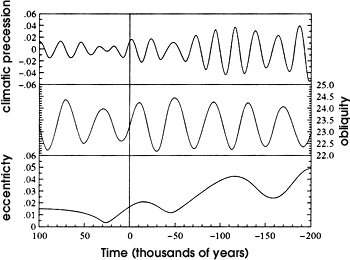
6. (Radiative forcing) * (Climate sensitivity)
is a significant number
If you decide because of uncertainty, in negative feedbacks for example, the climate may be less sensitive to carbon dioxide concentration, then maybe you should check out Ocean Acidification.
1.6 ± 1.0 W/m2 * 0.75 Cº/(W/m2) = 1.2 Cº
Atmosphere is up 0.7 Cº, oceans warming slower, resulting
radiative transfer imbalance is 0.7 W/m2
0.7 W/m2 * 0.75 Cº/(W/m2) = 0.5 Cº
https://www.pmel.noaa.gov/co2/story/What+is+Ocean+Acidification%3F
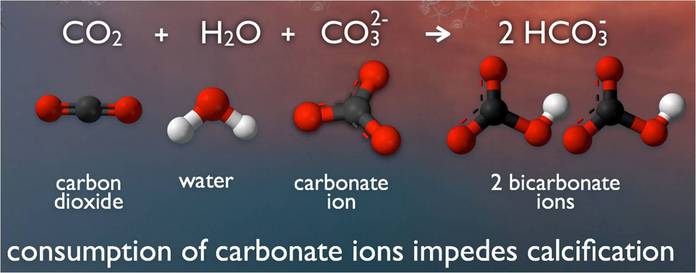
https://www.pmel.noaa.gov/co2/story/What+is+Ocean+Acidification%3F